Mahindra TUV300 review, test drive
A rugged, ladder-frame SUV with a new engine and a lot of space – all in a sub-four-metre footprint.
Published on Sep 10, 2015 01:20:00 PM
1,31,687 Views
Follow us on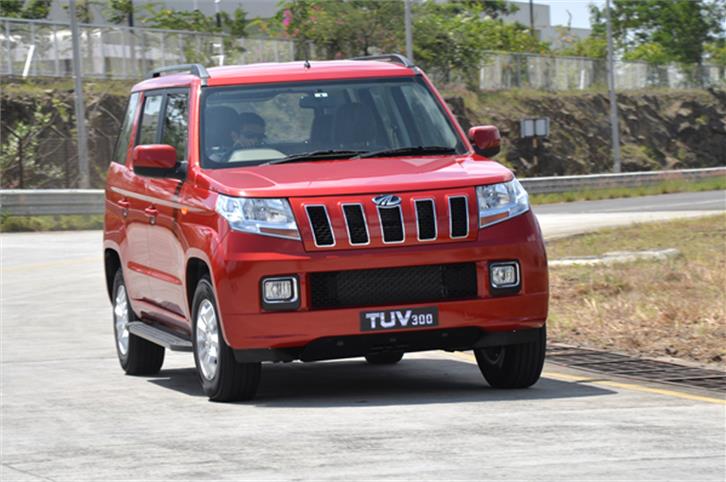
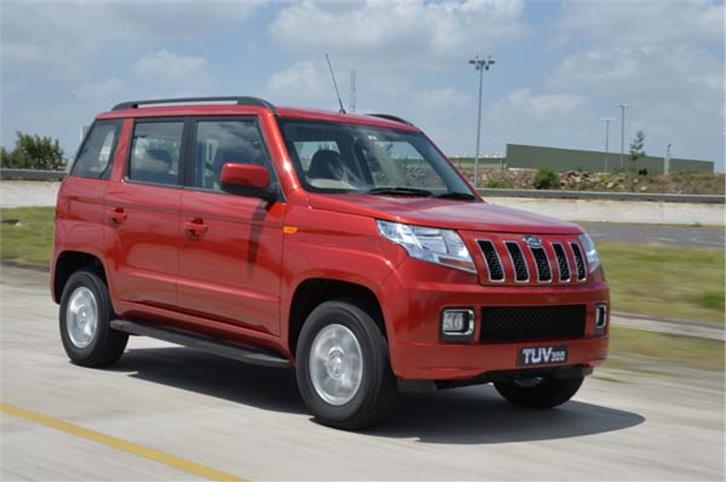


What’s it like to drive?
The engine is called mHawk80, and it’s a 1.5-litre, three-cylinder diesel that does bear some relation to both the Quanto’s 1.5-litre three-pot as well as the Scorpio’s 2.2-litre, four-cylinder unit. It’s pretty high tech too, using a dual-stage turbocharger and a dual-mass flywheel. So though its power output is just 82.85bhp (16bhp less than the Quanto’s), thanks to two-stage turbocharging, the TUV300 promises to have much better driveability and responsiveness.
And it does. There is an impressive lack of perceptible turbo lag, and it is smooth without much of a step in power delivery; thank that dual-mass flywheel. Mahindra says the motor’s max torque of 23.4kgm is made at 1,500rpm and sure enough, that’s where the surge begins. The best part is that it still feels punchy enough for if you need to make quick and sudden progress, and that’s helped by the somewhat short gearing on the five-speed manual gearbox; also related to the one in the Scorpio. It’s also a fair bit more refined than the Quanto, which itself was not too bad for a three-cylinder diesel, though you still get some vibration through the tall gearlever. This mHawk80 motor does, however, run out of breath quite early – around 3,800rpm – after which it’s all noise and no progress. And though the throw is quite short, the gearlever still feels too tall and utilitarian, and quite notchy too. Mahindra has also given the TUV300 its ‘micro-hybrid’ stop-start system, as well as two separate Eco modes – one for the powertrain and one for the AC, which dull performance for better economy. The result is an ARAI rating of 18.49kpl, which is just 0.16kpl better than normal mode, but Mahindra insists it works much better in the real world.
As you might be able to tell from the photos, we’re at Mahindra’s test track, and as a result, a proper ride and handling test will have to wait till we get the TUV300 out on real roads. What we can tell you, though, is that the suspension set-up feels much like the one on the new Scorpio, and even though it’s not identical, the two are similar. There’s definitely an inherent firmness that you can feel as the tall TUV rocks around if you cross a speed breaker at a slight angle instead of head on, or crashes if you hit a sharp bump too hard. And though the stability overall is quite good (thank that long wheelbase), you still get a little up-and-down movement over undulations. You’ll be thankful for the firmer set-up on the whole though, as a soft set-up like in the previous Scorpio would have led to loads of body movement. It’s a tall, body-on-frame SUV, so of course there’s loads of body roll, but you’ll be quite impressed with how eagerly the front end steers into corners. This is by no means a driver’s car, but it’s tidier than you expect something of its height to be.
Copyright (c) Autocar India. All rights reserved.


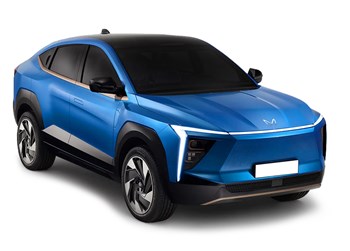
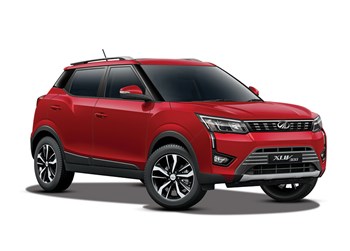




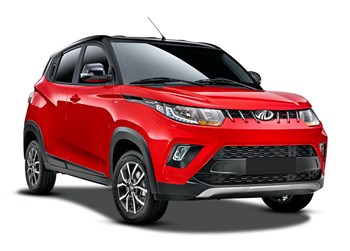

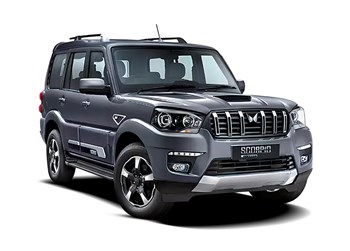
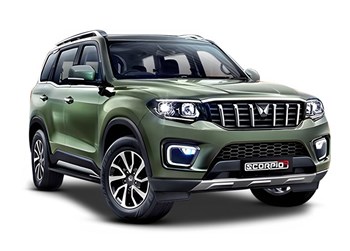


Comments
Member Login
Personal Details
No comments yet. Be the first to comment.